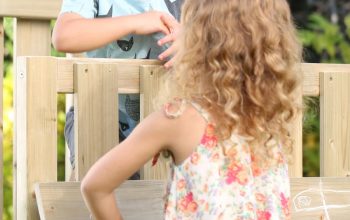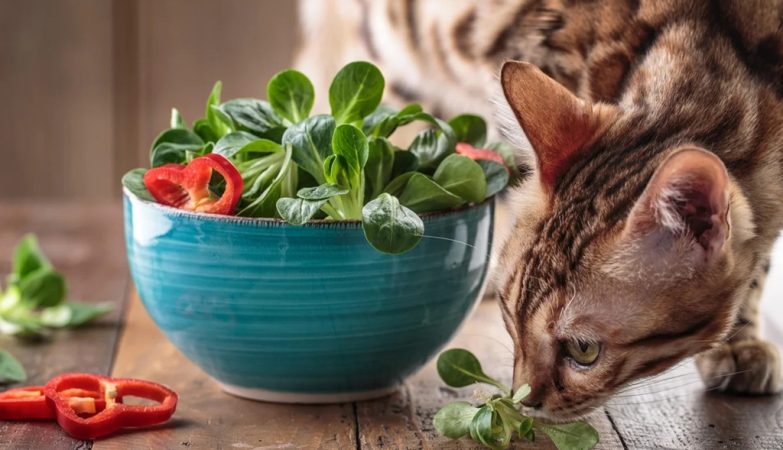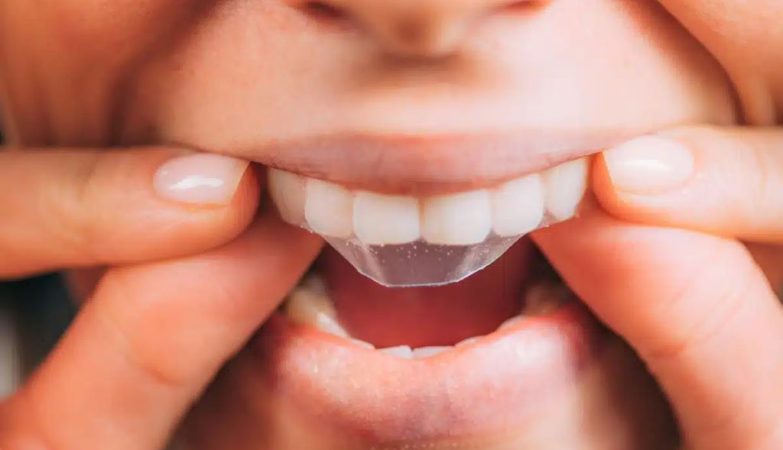If your beloved Pilea peperomioides (also known as the Chinese Money Plant) is starting to look more like a lanky teenager than a lush, compact houseplant, don’t despair. Legginess is a common issue, and there are several effective ways to rescue your Leggy Pilea.
Understanding the Problem: Why Pilea Gets Leggy
Before diving into the solutions, let’s understand the root of the problem (pun intended):
- Lack of Light: Pilea thrives in bright, indirect light. Insufficient light causes the plant to stretch towards the nearest light source, resulting in elongated stems and sparse foliage.
- Overcrowding: As Pilea grows, the roots can become overcrowded in the pot, limiting their access to nutrients and water. This can lead to weak, stretched growth.
- Natural Growth Pattern: Some Pilea varieties are naturally prone to legginess as they mature.
How to Fix a Leggy Pilea: Proven Solutions
Provide Ample Light:
-
- Move Your Pilea: Relocate your plant to a brighter spot, like a window facing east or west. Avoid direct sunlight, as it can scorch the leaves.
- Supplemental Lighting: If natural light is scarce, invest in a grow light designed for houseplants. LED grow lights are energy-efficient and effective.
Prune Strategically:
-
- Top It Off: Prune the top of the main stem just above a leaf node. This encourages the plant to branch out, creating a bushier appearance.
- Pinch Back: Regularly pinch back new growth to promote a more compact shape.
Repotting:
-
- Timing: Repot your Pilea in spring or early summer when it’s actively growing.
- Pot Size: Choose a pot that’s slightly larger than the current one, ensuring good drainage.
- Fresh Soil: Use a well-draining potting mix specifically formulated for houseplants.
Propagation:
-
- Cuttings: Take stem cuttings from the leggy parts of your Pilea and propagate them in water or soil. This not only creates new plants but also helps rejuvenate the parent plant.
- Chop and Prop: If your Pilea is severely leggy, you can try “chop and prop” – cutting the stem near the base and propagating the top portion.
Read Also: How to Paint Your Garden Fences
Additional Tips for a Healthy Pilea
- Watering: Water your Pilea thoroughly when the top inch of soil feels dry. Avoid overwatering, which can lead to root rot.
- Fertilizing: Feed your Pilea with a balanced liquid fertilizer diluted to half strength during the growing season.
- Humidity: Pilea prefers moderate humidity levels. If the air is dry, place the pot on a tray filled with pebbles and water, or use a humidifier.
Preventing Future Legginess
- Rotate: Regularly rotate your Pilea to ensure even light exposure on all sides.
- Observe: Keep an eye on your plant’s growth and adjust its care routine accordingly.
Troubleshooting Common Issues
- Yellowing Leaves: This could indicate overwatering or insufficient light. Adjust your watering schedule and move the plant to a brighter spot.
- Brown Tips: This is often a sign of low humidity. Increase humidity around your Pilea.
- Pests: Inspect your plant regularly for pests like spider mites or mealybugs. Treat any infestations promptly.
The Rewards of a Revitalized Pilea
With a little attention and care, your leggy Pilea can transform back into the lush and vibrant houseplant you adore. Pilea is not only easy to care for but also brings a touch of greenery and charm to any indoor space. So, roll up your sleeves and give your Pilea the TLC it deserves!
Important Note: Remember, every Pilea is unique, and results may vary. Don’t be afraid to experiment with different approaches until you find what works best for your plant.








